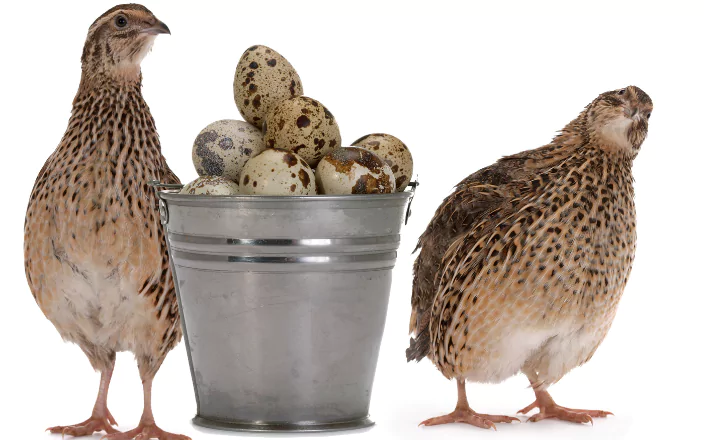This food has an added value of 9.3% of omega 3, an essential nutrient to maintain an optimal functioning of the organism and with a high capacity to reduce the risk of heart attacks and prevent cardiovascular diseases. Quail eggs are enriched with omega-3 fatty acids, essential for the human body because they contribute to the formation of cell membranes and the production of hormones, but unfortunately only a few foods contain them in high quantities.
With the objective of promoting the consumption of quail eggs and increasing the competitiveness of producers, Professor Liliana Betancourt, leader of a team of researchers from the Facultad de Medicina Veterinaria y de Zootecnia of the UNAL , developed this innovative project that was presented at Agroexpo 2023.
Human consumption of these eggs will depend on individual needs. Each quail egg enriched with omega-3 has approximately 25 milligrams of DHA and EPA. To reach the recommended daily intake, at least 10 eggs should be consumed daily.
How are quail eggs enriched with Omega 3?
To obtain omega 3 fatty acids, sources such as fish oil, which comes especially from cold water fish, are usually used, and its recommended consumption is around 250 mg per day. However, there are alternatives such as flaxseed and microalgae rich in omega 3 -specifically of the Schizochytrium genus-, which allow quail eggs to be enriched more efficiently.
Despite the benefits that these oils have demonstrated, in western diets there is an imbalance between omega 6 and omega 3 fatty acids, with a ratio of 10 to 1, even 30 to 1, when the ideal is a ratio of 3 to 1, or at most 5 to 1, which can generate health problems, since omega 6 fatty acids are pro-inflammatory.
Layers of nutritional benefits
- In order to obtain the added value in eggs, quails have been the protagonists of this initiative, since during a determined period they were supplied with different doses of omega 3.
- In addition, the enrichment efficiency of quail eggs using flaxseed, microalgae and fish oil was compared. Fatty acid profile tests were performed on the yolks and productive indicators such as laying percentage, feed consumption, feed conversion and egg quality were evaluated.
- The pleasant surprise was that flaxseed presented the highest value in the production of omega-3 fatty acids in quail eggs, followed by microalgae.
- It was also observed that the flaxseed-enriched diet reduced the ratio of omega-6 to omega-3 fatty acids, approaching the ideal of 3 to 1.
- Middle-sector inhabitants are the main consumers of quail eggs, especially people aged 30 years and older. However, a growing increase in the consumption of functional foods has also been observed among younger people.
Sources: Available upon request.

